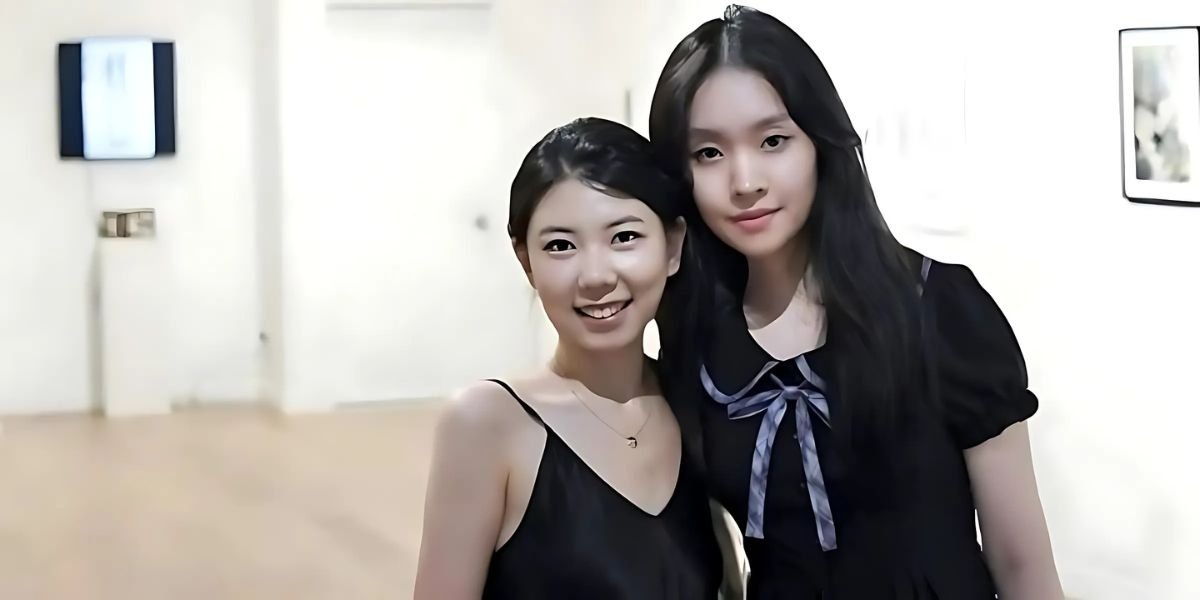The fabrics we wear tell a story far beyond aesthetics—they reveal economic models, cultural values, and even legal frameworks woven into the global fashion industry. A single garment’s textile choices connect to broader systems of production, from the hand-loomed silks of haute couture to the mass-produced synthetics dominating fast fashion. These material decisions influence everything from garment longevity to environmental impact, creating a complex web of considerations for designers, manufacturers, and conscious consumers alike.
Read also: Mastering Effortless Style: A Guide to Casual Cool Fashion
The Fabric Hierarchy: Luxury Versus Fast Fashion
At opposite ends of the textile spectrum, haute couture and fast fashion employ fundamentally different material philosophies. High-end fashion houses often source rare, natural fabrics—hand-embroidered silks requiring dozens of artisan hours, or woolens woven on heritage looms. These textiles justify their price through scarcity, craftsmanship, and natural material properties that synthetics struggle to replicate. The slow production cycles align with garments designed for decades of wear rather than seasonal trends.
Conversely, fast fashion economics demand inexpensive, rapidly produced materials. Polyester and blended synthetics dominate these collections, offering wrinkle resistance, colorfastness, and easy care at the expense of breathability and biodegradability. The environmental cost becomes apparent in microfiber pollution and landfill accumulation, though some brands now incorporate recycled synthetics. Between these extremes, mid-range brands balance quality and affordability, often mixing natural and synthetic fibers to achieve specific drape and durability characteristics.
Cultural Identity Through Traditional Textiles
Regional textile traditions carry cultural narratives often overlooked in globalized fashion. India’s khadi cotton represents more than fabric—it’s a symbol of self-sufficiency, historically tied to independence movements where homespun cloth countered colonial textile imports. The tactile irregularities in hand-spun khadi communicate authenticity that machine-made fabrics can’t replicate. Similarly, Japanese selvedge denim reflects meticulous craftsmanship, where traditional shuttle looms create self-finished edges that prevent fraying while signaling artisanal quality.
These textiles gain value through their cultural roots and production stories. A kimono’s silk crepe differs chemically from Western evening gown silks due to distinct weaving and finishing techniques passed through generations. When these fabrics enter global markets, they carry cultural context that informs their use and appreciation—something fast fashion knockoffs often strip away in pursuit of aesthetic imitation alone.
Safety and Sustainability Regulations
Textile compliance represents one of fashion’s most technical yet crucial considerations. Children’s sleepwear requires flame-resistant treatments without compromising skin safety—a balance achieved through tightly regulated chemical applications or tight-weave natural fibers. Industrial workwear follows similar standards, with arc flash protection demanding specific fiber blends and fabric weights.
Eco-conscious certifications like OEKO-TEX® create textile transparency, screening for restricted substances from heavy metals to pesticides. These standards evolve constantly as new research emerges about chemical safety and environmental impact. Compliance affects material sourcing decisions at every production level, pushing brands toward greener dyes and processing methods that meet international regulations while appealing to ethically minded shoppers.
The Future of Conscious Textile Choices
As consumers become more ingredient-conscious—scrutinizing clothing labels like food packaging—the industry faces pressure to bridge the gap between artisan traditions and scalable sustainability. Innovations like lab-grown leather alternatives and closed-loop recycling systems attempt to reconcile ethics with accessibility. Meanwhile, heritage techniques gain renewed interest as slow fashion advocates champion traceable supply chains and natural material benefits.
The tension between artisan preservation and industrial efficiency continues shaping textile development. What remains clear is that fabric choices ripple outward—affecting local economies, environmental systems, and ultimately, the cultural meaning of what we choose to wear. Understanding these connections allows for more informed decisions, whether selecting investment pieces or evaluating a brand’s material claims.
Read also: Making Healthy Eating Simple and Enjoyable









